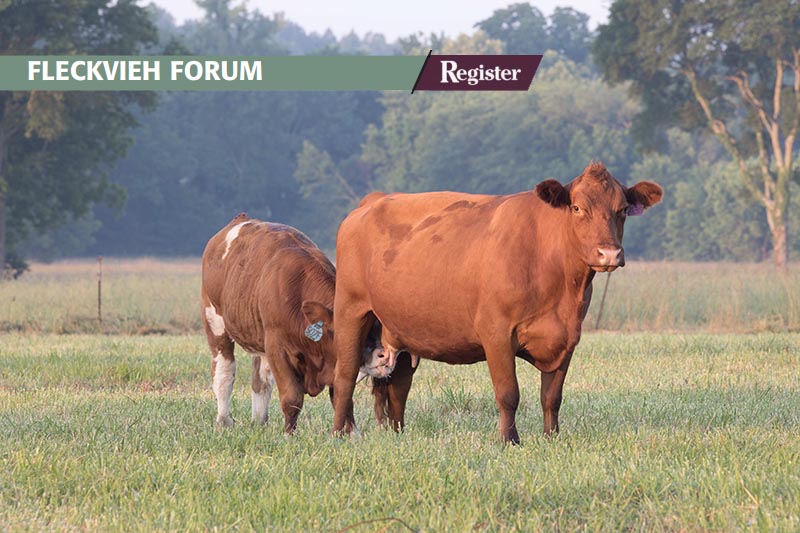by Larry H. Maxey, founder and superintendent, NAILE Fullblood

Our Pioneers — Charles Goodnight (1836–1929)
In the next few editions of Our Pioneers I will be reaching way back in history in an attempt to chronicle the lives of some very famous and legendary cowboys. Each of these subjects lived in an era that has been romanticized, fictionalized, and popularized extensively in volumes of books, movies, and TV shows. Interestingly, their stories remain popular to this day, although much of the portrayals of these legends have a heavy mixture of fact and fiction as Hollywood often does. Here, I will be as factual as possible as I sort through the bounty of material that thankfully exists.
Charles Goodnight was born in Macoupin County, Illinois, near St. Louis, Missouri. He was descended from immigrant pioneer Hans Michael Gutnect, from Mannheim, Germany. He moved to Texas with his mother and stepfather in 1846. In 1856, he joined a local militia and the following year he joined the Texas Rangers. He was involved in various Indian wars, mostly with the Comanche. With the start of the Civil War he joined the Confederate States Army. Most of his time was spent as a scout and he was active in guarding against Indian raids.
After the Civil War, he started herding feral Texas Longhorn cattle northward from western Texas to railroads in the north. At the time, this was known as “making the gather.” It was a statewide roundup of cattle that had roamed free during the four long war years. Worth only $4 per head in Texas, they could fetch as much as $40 in the north and east. In 1866, Goodnight and his friend Oliver Loving, also a legend, drove their first herd of cattle along what became known as the Goodnight-Loving Trail. From the headwaters of the Brazos River, they headed southwest, crossed the Pecos River at Horsehead Crossing, and then followed the river north into New Mexico to Fort Sumner. There, the cattle were sold to the US Army.
Looking at a map of the region, you might ask why Goodnight and Loving took such a long and circuitous route. The Comanche stronghold of the Staked Plains, around present-day Lubbock, Texas, was the main reason. As the Goodnight-Loving partnership grew, they extended the trail northward through northeastern New Mexico. It is also worth noting that historians credit Goodnight with the invention of the chuckwagon, which he introduced on his first drive.
In New Mexico, Goodnight and Loving met up with John Chisum, a cattleman from the area. (Chisum’s story will be profiled in a following edition.) They also formed a partnership with the task of supplying the US Army with those wild Texas Longhorn cattle. Unfortunately, Loving was critically wounded by an arrow during an Indian ambush and a few weeks later he succumbed to his wound. Goodnight and Loving were the closest of friends. Goodnight stayed by Loving’s bedside until his death. He then returned Loving’s body to Weatherford, Texas. It is said that Goodnight carried Loving’s photograph in his pocket and kept one on his desk as well.
After Loving’s death, Goodnight and Chisum continued their partnership. In order to reach new markets and the best price for their cattle, they extended the trail from New Mexico to Colorado and all the way to Wyoming.

In 1876, Goodnight founded the first Texas Panhandle ranch, the JA Ranch, in Palo Duro Canyon. The area was abundant with grass, water, timber, and game. In addition to raising cattle, Goodnight preserved a herd of native plains bison. It is said that descendants of these bison survive to this day in Caprock Canyons State Park. Bison from this park were introduced into the Yellowstone National Park in 1902. Goodnight also crossed these bison with his cattle and called them “cattalo.”
Because these pioneer cattlemen were truly legends helping to tame the West, there are treasure troves of documentation on their lives and achievements. That includes so many of their associates and others they crossed paths with during their times. I could probably list hundreds and not cover them all. However, for Goodnight and Loving, I will end with a more recent and fascinating account of their story that I am sure most of our readers will recognize. The novel, Lonesome Dove, by Larry McMurtry, is a fictionalized account of Goodnight and Loving’s third cattle drive. On the big screen, the character Woodrow F. Call (actor Tommy Lee Jones) represents Goodnight and Augustus McRae (actor Robert Duvall) represents Loving. That series was as popular as any depiction of life in the Wild West of the US in the 1800s. Granted, while so much of the Hollywood version takes great liberty with the facts, the plot for this story was based on real-life people who probably lived a more daring and adventurous life than even Hollywood can depict.
It is fitting that Goodnight was inducted into The Hall of Great Westerners of the National Cowboy and Western Heritage Museum in 1955. .
Editor’s note: This piece originally appeared in the March 2023 edition of the Register
Is there a Simmental pioneer who you would like to see profiled in this series? Reach out to Larry Maxey or the editor to submit your suggestions:



